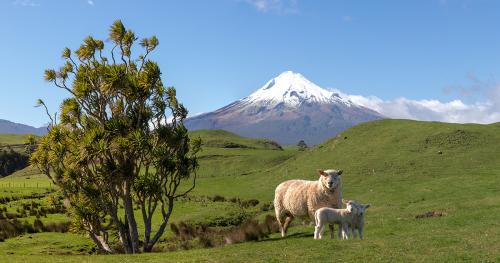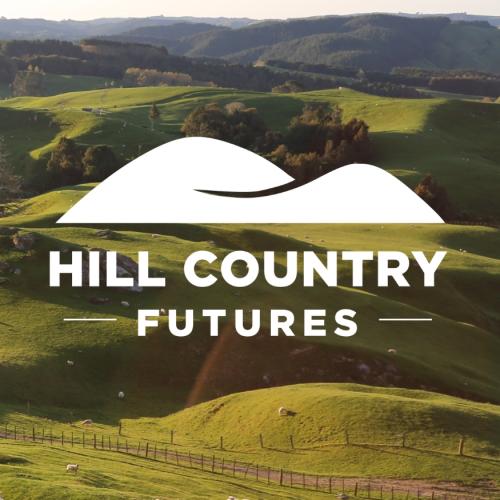Search results
Displaying 231 - 240 results of 767
- Other PDF… zealands sheep beef farmers lnz industrygood body funded under commodity levies act through … 8 removal slash certain size threshold condition permitted activity 18 alternative … losses due climate change impacts everybodys responsibility just farmers consequently …
- Factsheet… farm care must taken store seed dry cool conditions ideally sow within three weeks … effects have been observed cattle dairy cows body temperature could elevated rare occasions … effects have been observed cattle dairy cows body temperature could elevated rare occasions …
- Factsheet… dry sufficiently before cultivating suitable conditions sowing catch crop can reduce … correct cultivation type depending soil conditions what crop sown consider direct … locations where leaching issue appropriate conditions exist grow crop captures utilises …
- Factsheet… increased heavier birthweights affected calf body dimensions difference performance … nutrition beef cow postweaning fact sheet 98 condition scoring beef cows better beef breeding 5 steps …
- Resource book… business resource inventory number type condition per cent current utilisation per … loaded assumptions know who you know your body language know how you think know where … information variety ways written verbal body language gestures drawings signals art …
- VideoHill Country Futures was a long-term $8.1m programme focused on future proofing the profitability, sustainability and wellbeing of New Zealand’s hill country farmers, their farm systems, the …
- Other PDF… many carbon forests never intended harvested conditions1 management land future … sealed located more than 50 from water body effluent collected stored disposed … area located greater than 50m from water body parliamentary council office 2020 …
- NewsNew Zealand red meat prices are at record levels and are forecast to remain strong throughout the coming year, according to the New Season Outlook for 2025–2026 from Beef + Lamb New Zealand …

- … sequestration incentives often come strict conditions designed maximise cobenefits … name suggests unlike kyoto protocol central body setting targets each signatory sets its … dairy platform members 2017 australian levy body meat livestock australia mla announced …
- Resource book… circumstances where passenger taken following conditions apply speed exceed 20kmh passenger … safety valve destocking before onset dry conditions changing management increase … taken much soil moisture from dryland under conditions white clover struggles survive …
